BLOG: REXSAC students and researchers join MinErAL for an 8-day PhD course in northern Quebec and Labrador, Canada
The course began with a set of lectures on different mining communities, comparing contexts from Quebec and Labrador with northern Fennoscandinavia, with a particular focus on the iron ore industry. Thereafter the course consisted of field-based lectures and seminars, combined with research activities, including data collection, at mining sites in this important resource region of Canada. These northern mining towns were used as a lens through which we studied several processes of change commonly influencing many other communities across the Arctic, in the past and the present.
This PhD seminar is the result of a collaboration between two research networks, MinErAL, a Canadian funded Social Sciences and Humanities Research Council (SSHRC) research network on Mining Encounters and Indigenous Sustainable Livelihood, and REXSAC, a Fennoscandinavian Nordic Centre of Excellence funded by NordForsk that focuses on Resource Extraction and Sustainable Arctic Communities.
Follow the REXSAC PhD students during these 8 days:
Day 1:
Taking the train from the mining port of Sept-Iles to the remote mining town of Schefferville. During the 14-hour scenic ride, we’ve had introductory lectures and plenty of time to get to know each other. The adventure begins!
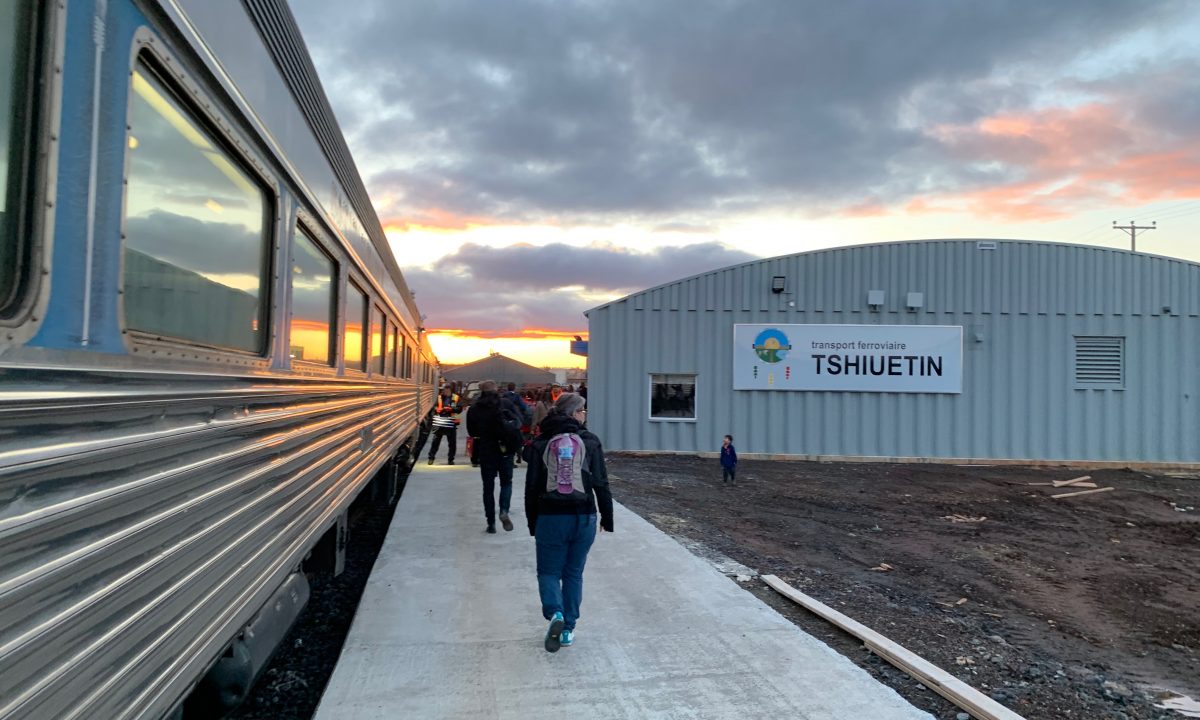
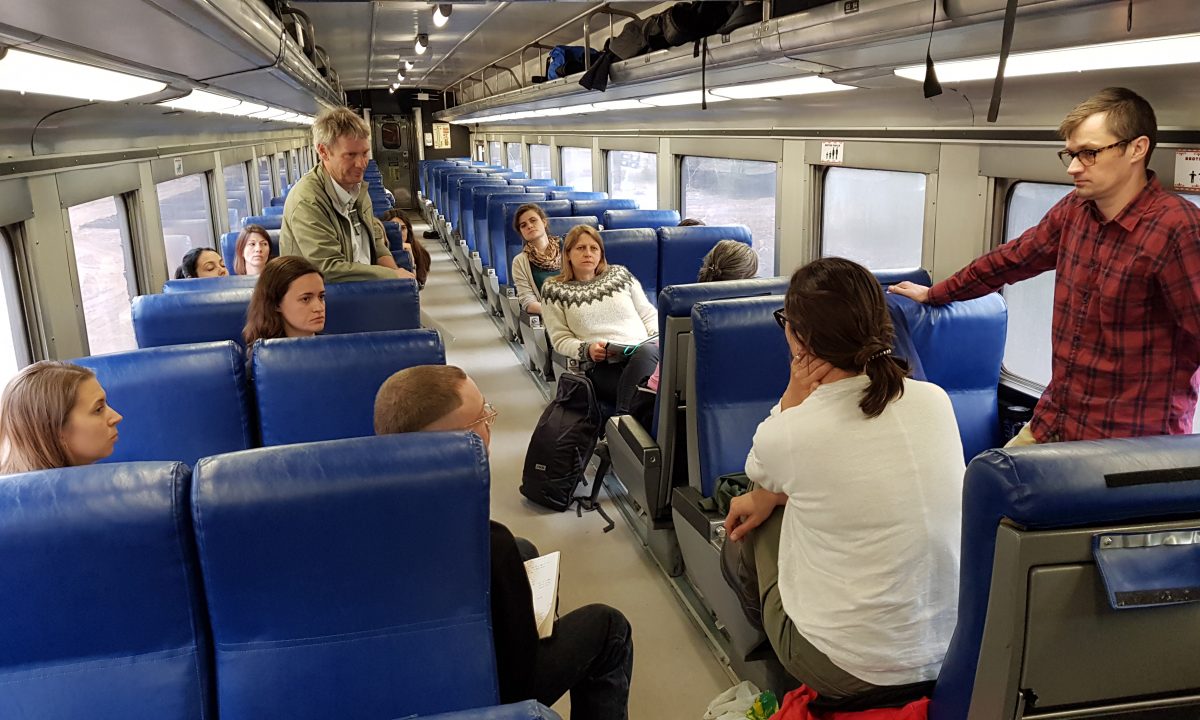
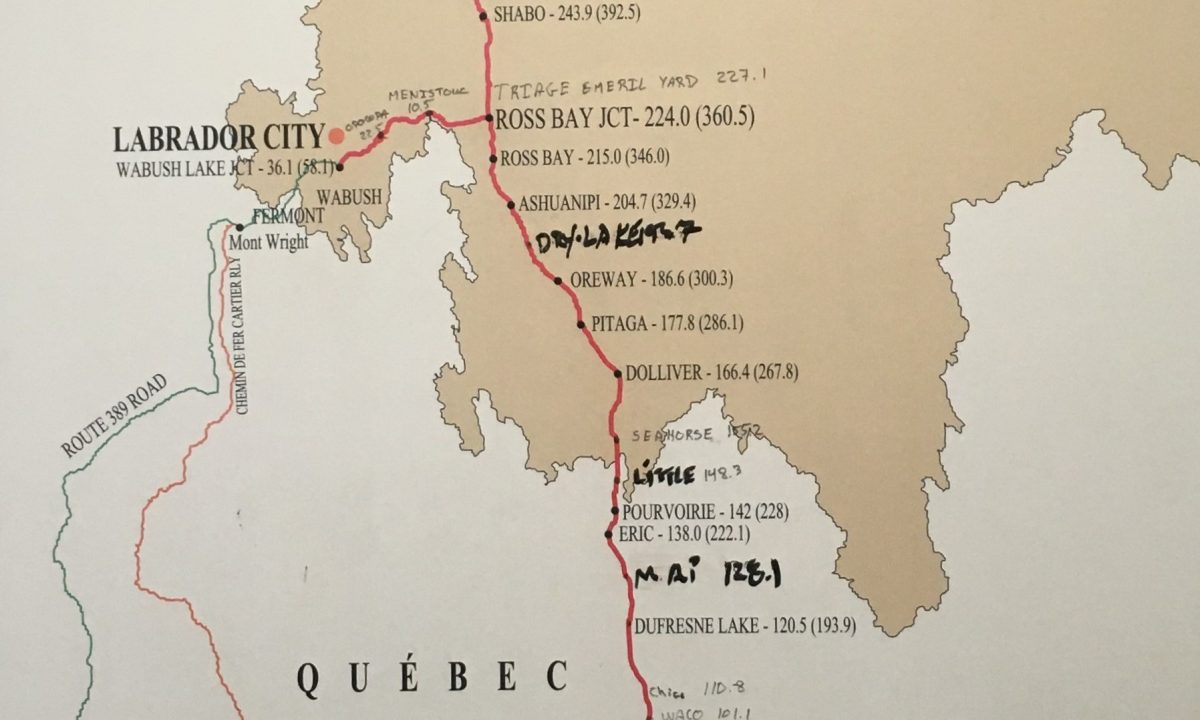
Day 2:
Visiting elders of the local Innu First Nation of Matimekosh (in the outskirts of Schefferville) to hear about their relationship to the boom and bust of mining activities as well as social and environmental changes they’ve experienced.
Later that day we met with the administrator (i.e. small town major) and a representative of local entrepreneurship to talk about the history and future outlined for the Schefferville.
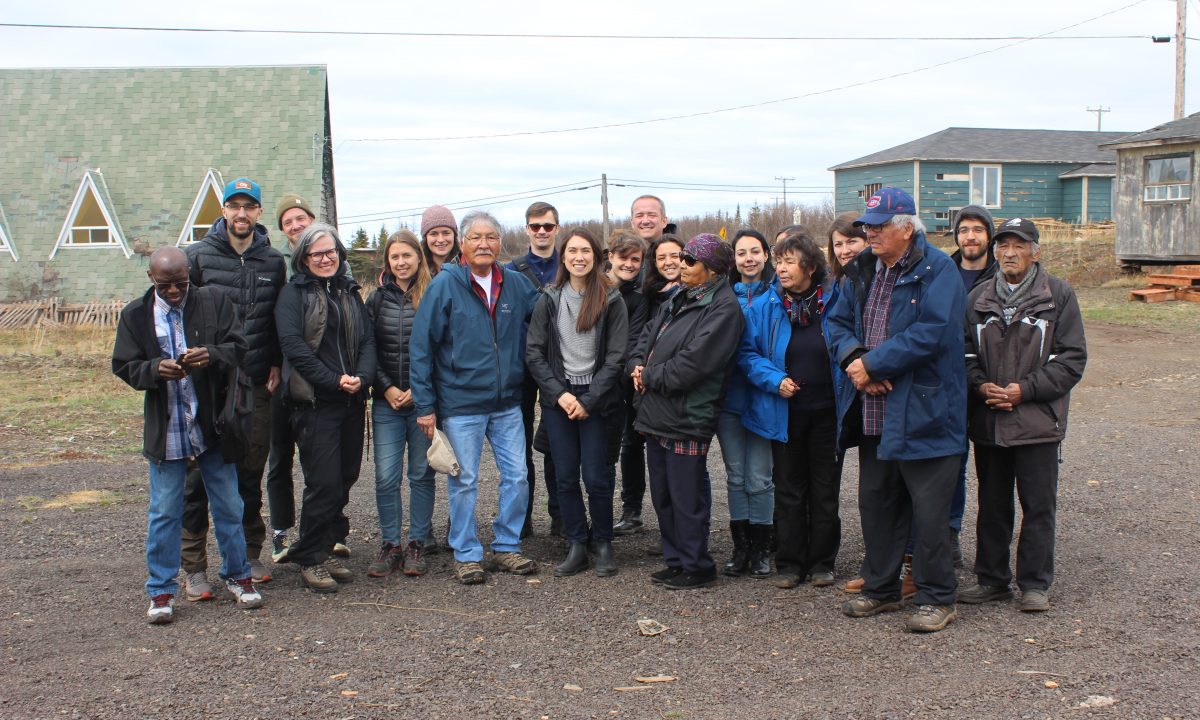
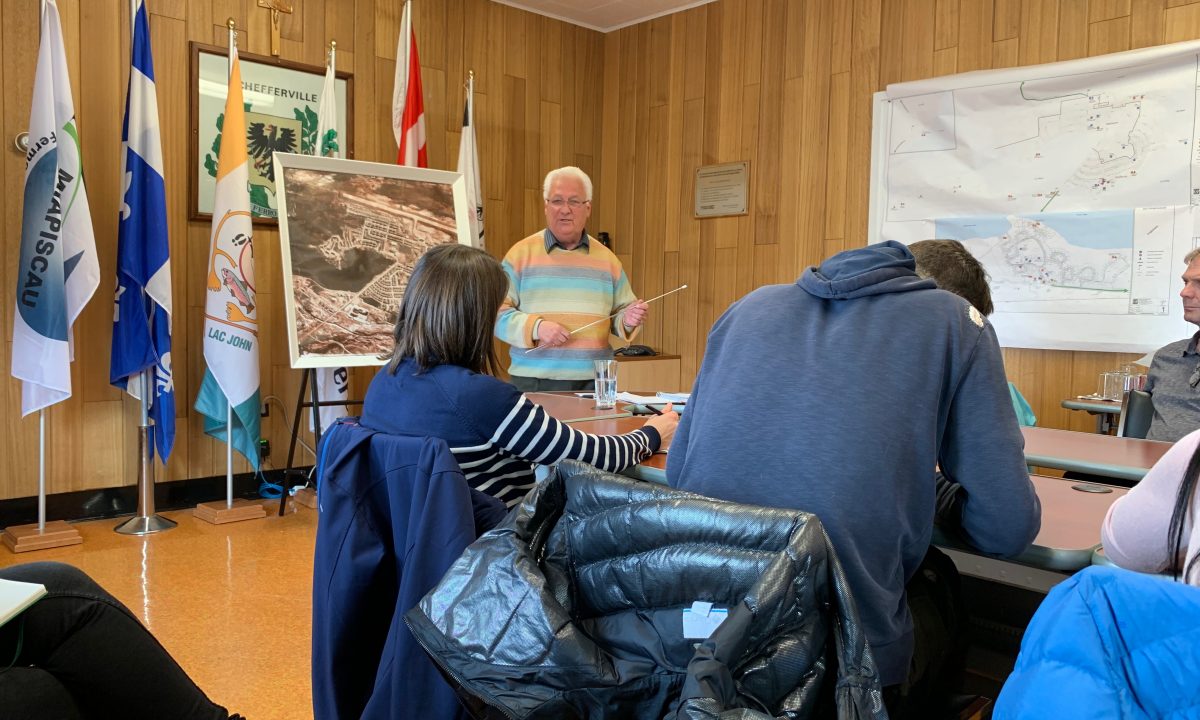
Day 3:
Inspecting the abandoned IOC (Iron Ore Canada) open pits. We’re seeing red! IOC founded the town and operated between 1954 and 1982, when most of the white workers left and the indigenous communities remain with remnants.
We spent the afternoon talking to representatives of the Naskapi nation in the school of the neighbouring territory of Kawawachikamach – ᓇᔅᑲᐱ ᐃᔪᒡ ᐅᑕ ᑲᐛᐛᒋᑲᒪᒡ.
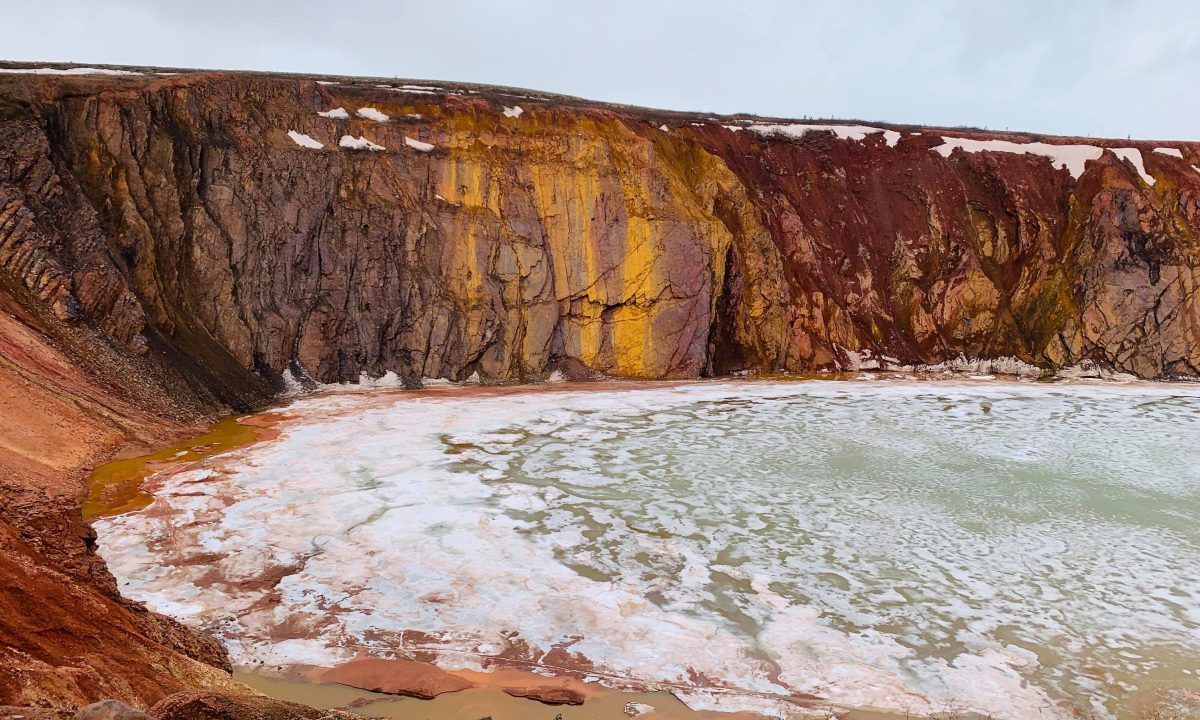

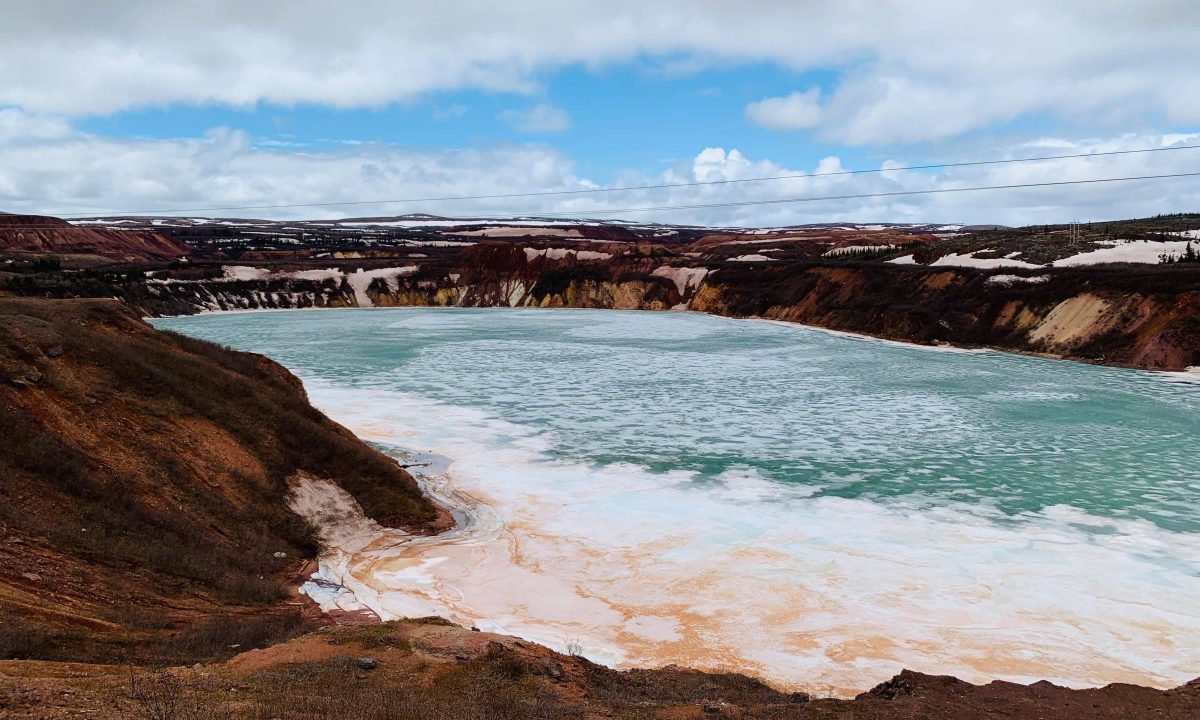

Photo:Chris Fohringer
Day 4:
We were granted a tour to the operational quarter of Tata Steel, an Indian mining company that continued mining for iron ore since 2011 at the former IOC site in Schefferville. The red colour is caused by the exceptionally high grade of iron (62%) in this ore body. The detection of “red water” leaching far beyond the site has caused concern and media attention throughout the province: https://www.journaldequebec.com/2019/05/29/eaux-rouges-a-schefferville-legault-demande-des-comptes
The former chief of the Matimekosh nation payed a visit to our guesthouse and shared his personal and political interaction with the industries during the bust of ILO and the recent re-operation. He was one of two representatives from indigenous communities that signed the IBA ()/contract commencing the continuation of mining via Tata Steel. He also facilitated a visit to the Innu school in Schefferville.
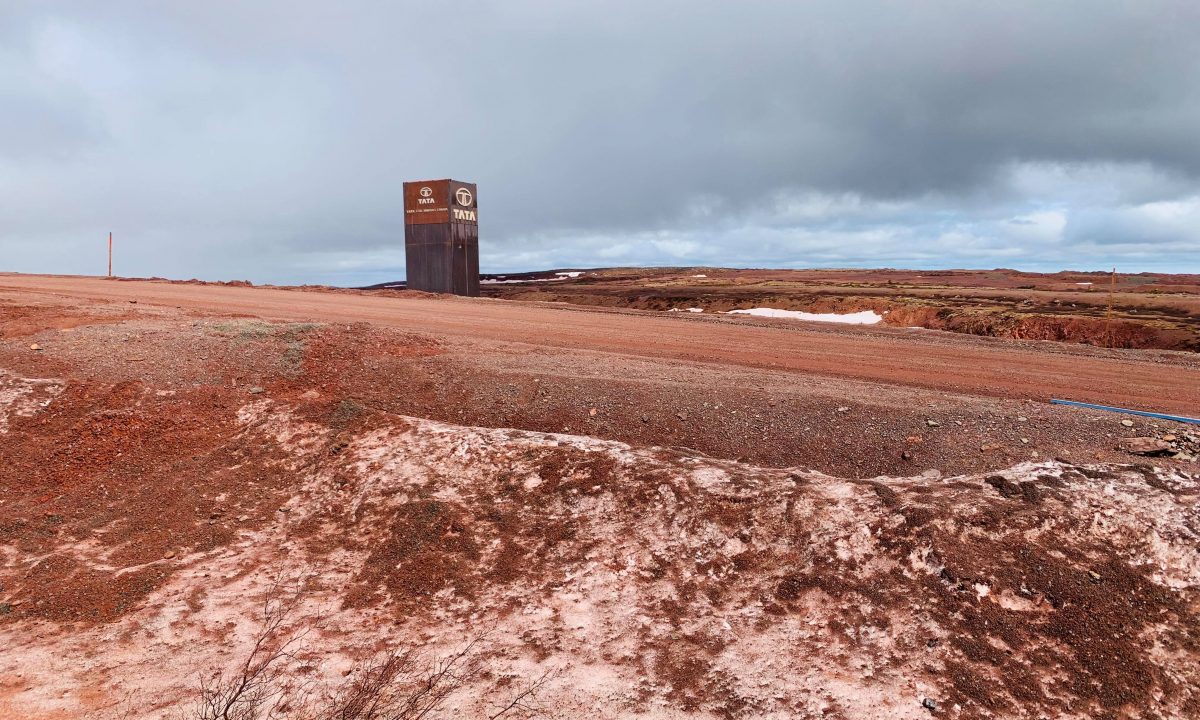
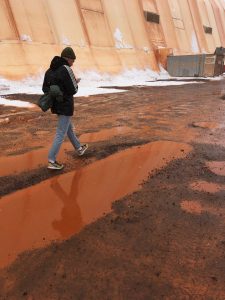
Day 5:
An early departure by train followed by a bus ride brings us to our next mining town: Fermont. Unlike Schefferville, the local community never experienced the mining bust, and has remained famous for its urban planning (e.g. “The Wall”). Our team got a guided bus tour around.
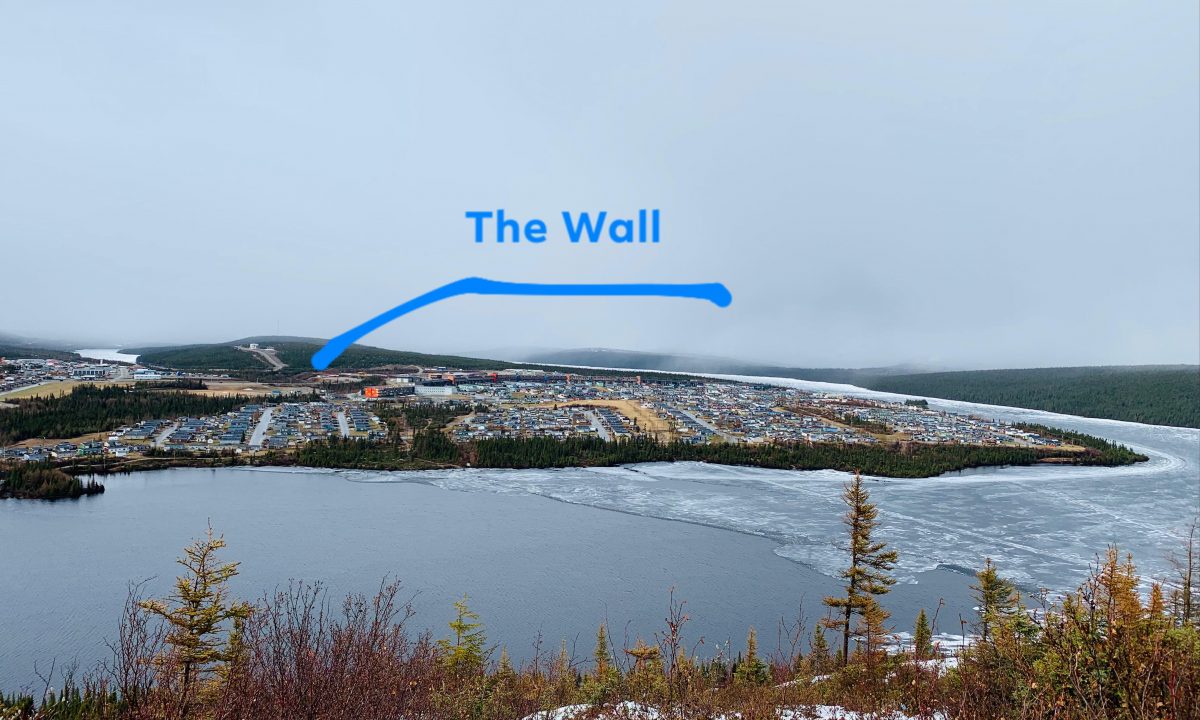
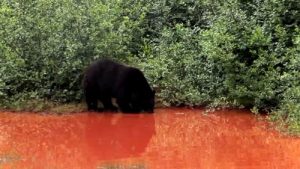
Photo: Konrad
Day 6:
After interviewing the charming former major of Fermont over breakfast we visited the iron mining and processing site of ArcelorMittal. They are the main employer and the founding industry of Fermont. We received an exclusive tour with lasting impressions of this giant.
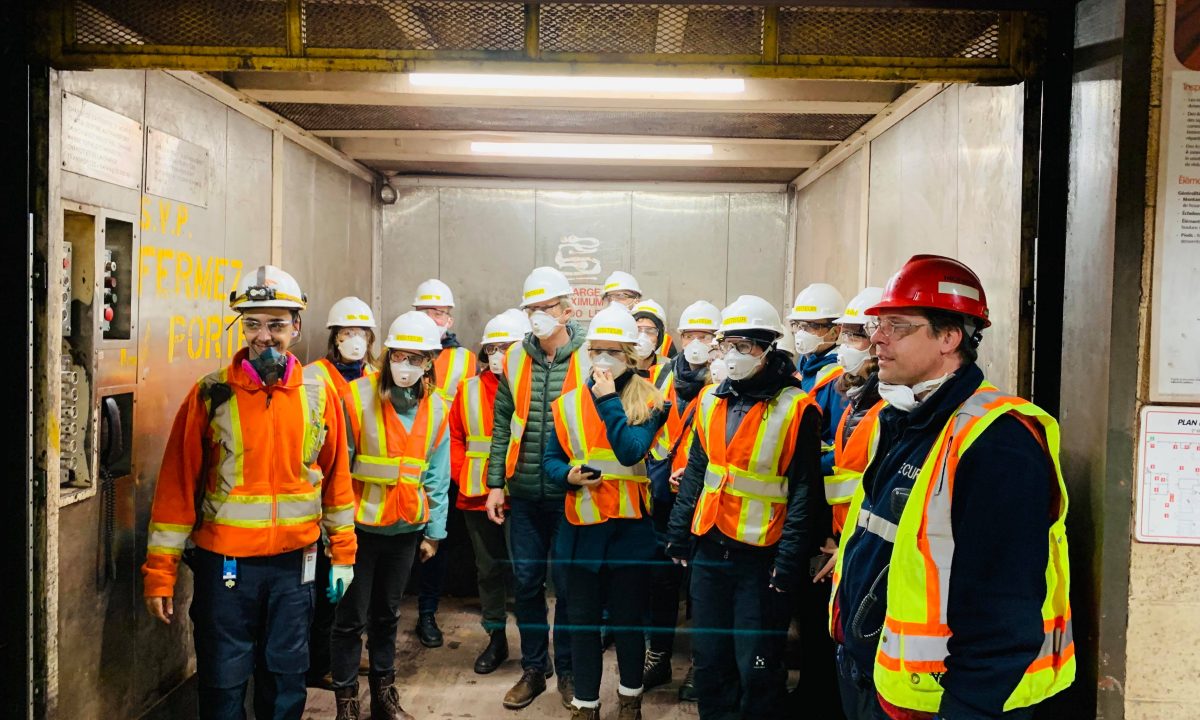
Day 7:
Another day another mining company: We are getting met with representatives of the young start-up company Minerai de Fer Québec that started mining next to ArcelorMittal’s site one year ago. They’re staffed entirely by fly-in fly-out personal. Later that day we crossed the border to Labrador city to get a tour through the neighbouring mining towns of Labrador City and Wabush with a local veteran.
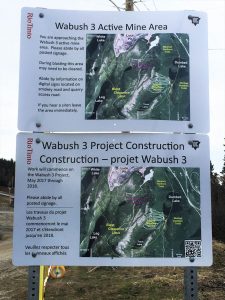
Photo: Sandra Fischer
Day 8:
Before we’re packing up for our final destination, we meet the current major for an interview on current and future plans for Fermont. We arrive in Québec City late in the evening.
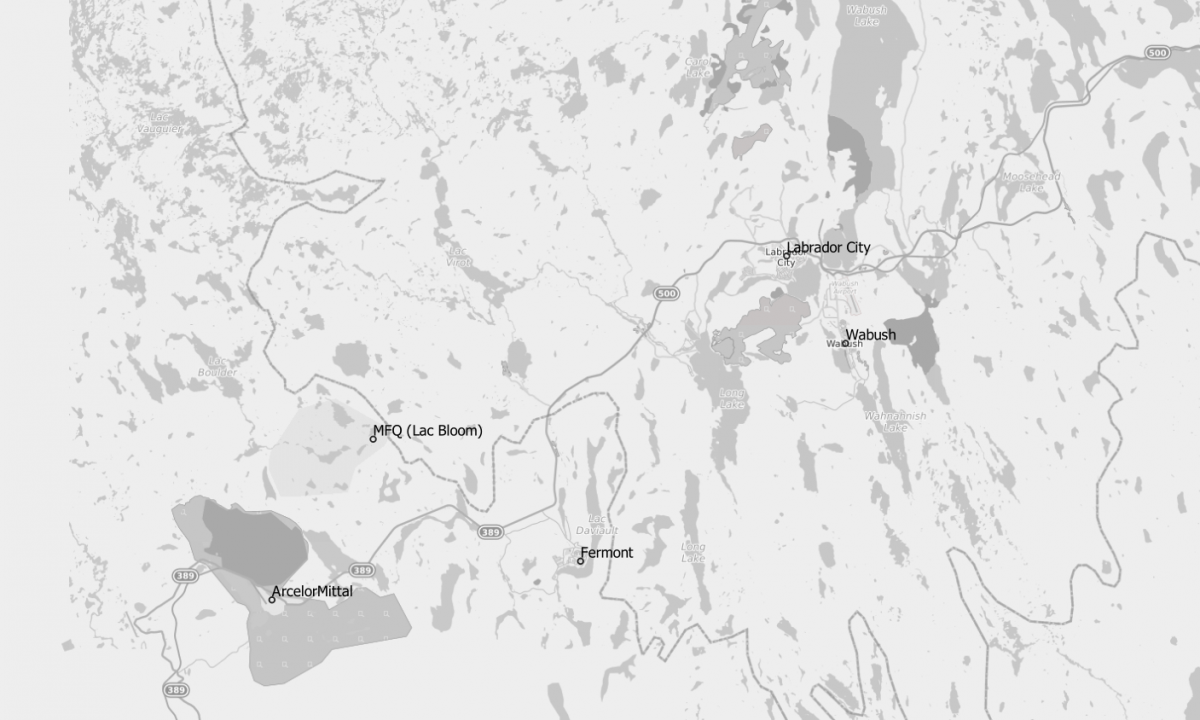
Day 9:
Day of departure: Our adventure ends after final reflections and future plans resulting from a very productive summer school. We will miss our Canadian friends and look forward to more collaboration and our next joint summer school.
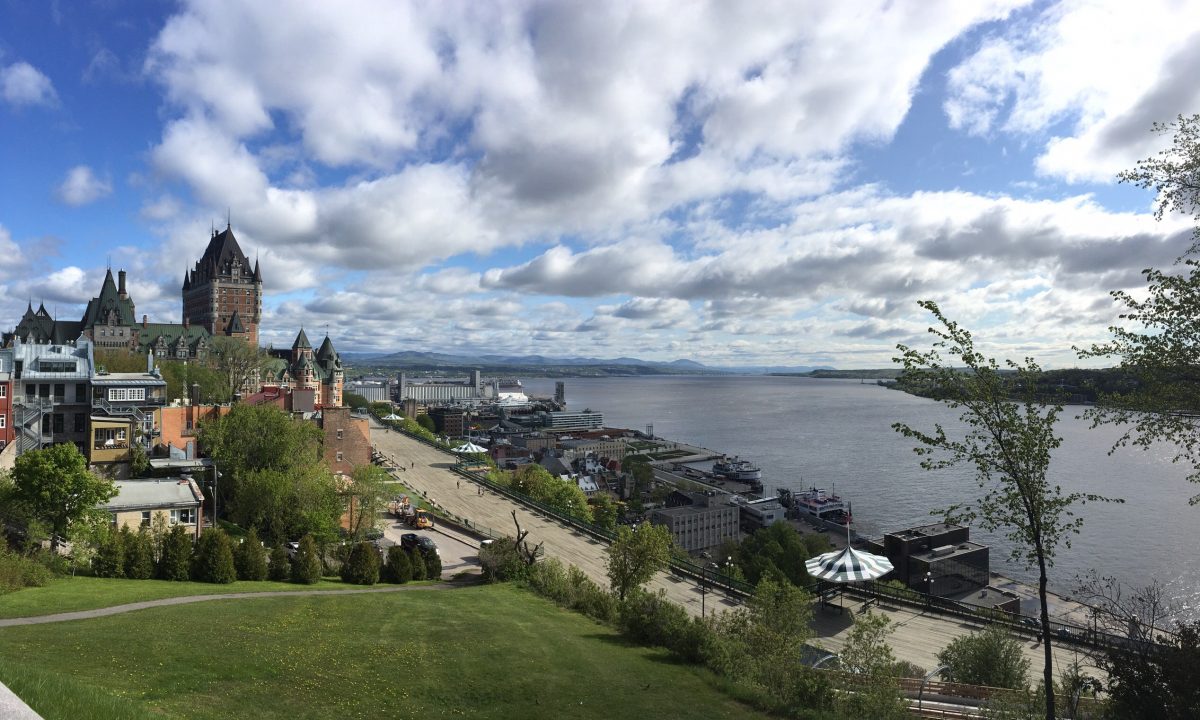
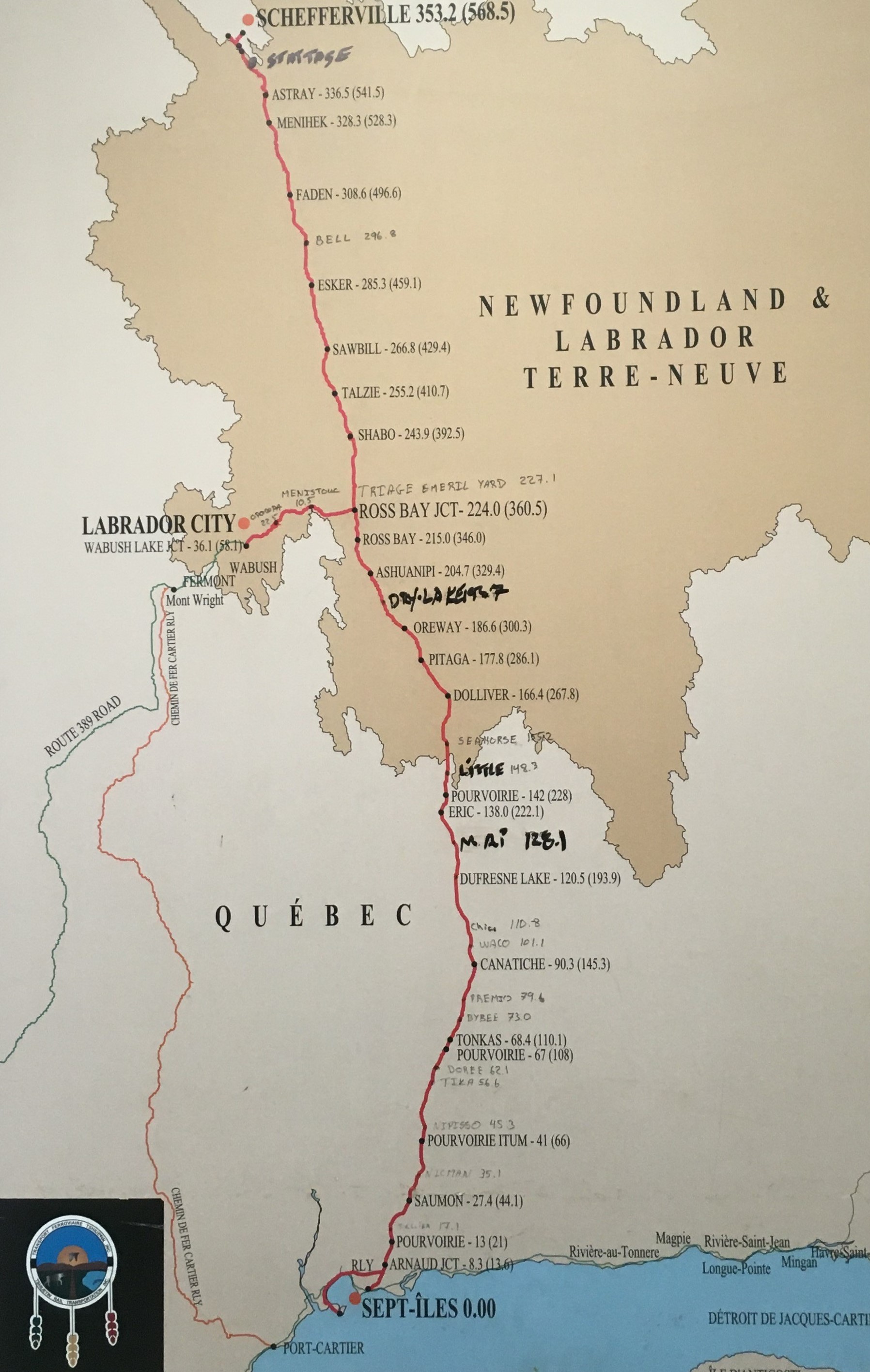
Related Posts by Author
How extractive industries trigger multiple pressures on reindeer husbandry
Meet REXSAC PhD students: Christian Fohringer



